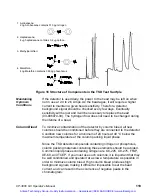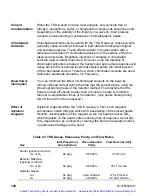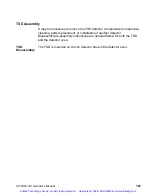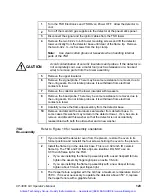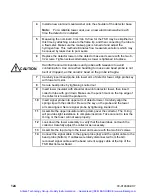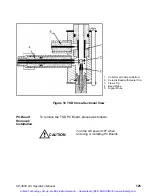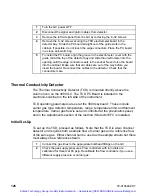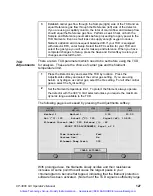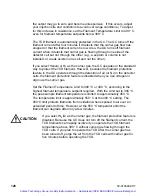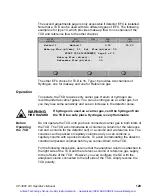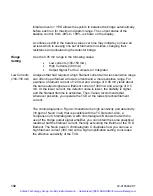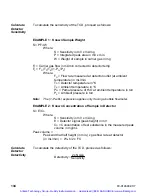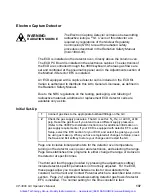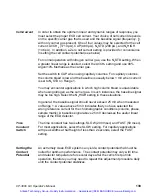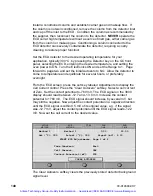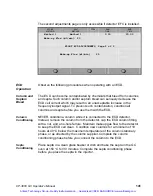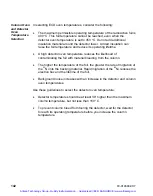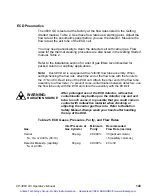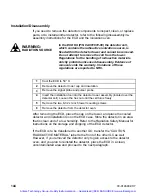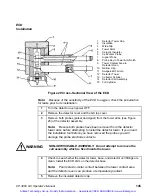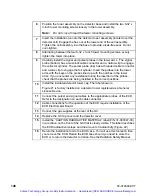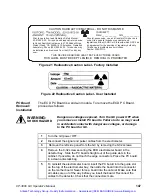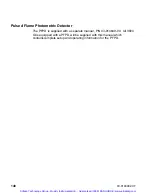
CP-3800 GC Operator’s Manual
133
Figure 19 TCD Sensitivity and Amplification
High
Currents
(300 mA)
To obtain the highest possible sensitivity, operate the TCD at the 0.05 mV
range with a high filament current. In this configuration, TCD noise is
primarily noise derived from filament vibration and fluctuations in carrier gas
flow through the detector. However, at high filament currents, the detector is
very susceptible to air leaks into the gas lines, improperly conditioned
columns, imbalanced reference and analytical flow rates, or impure carrier
gas supply, which cause the baseline to drift. Baseline drift from any of these
sources generally increases as the absolute filament temperature increases.
Therefore, operate the TCD with as low a filament current as practical for
your application.
Also, operate the TCD with the lowest filament and detector temperatures
appropriate. If possible, avoid operating the TCD with a filament temperature
greater than 390
°
C. To operate the TCD with filament temperatures
between 390
°
C and 490
°
C, set the Filament Temperature Limit to 490
°
C.
See Figure 19 for an example of the performance of the TCD at a high
current.
A
. Filament current:
290 mA
Filament temperature:
300
°
C
At 1.5 minutes, range and attenuation changes
from 2 x 0.5 mV to 128 x 5.0 mV.
B
. Filament current:
151 mA
Filament temperature:
160
°
C
At 1.5 minutes, range and attenuation changes
from 2 x 0.05 mV to 128 x 0.5 mV.
C
. Filament current:
299 mA
Filament temperature:
300
°
C
At 1.5 minutes, range and attenuation changes
from 4 x 0.05 mV to 128 x 5.0 mV.
Conditions:
Carrier gas: He
Sample: Air, 2 mL
Column: 10 ft. molecular sieve 5A
30/60 mesh at 50
°
C
Injection: Gas sample valve
TCD oven temperature:
120
°
C
1
Ne
2
O
2
3
N
2
Artisan Technology Group - Quality Instrumentation ... Guaranteed | (888) 88-SOURCE | www.artisantg.com

